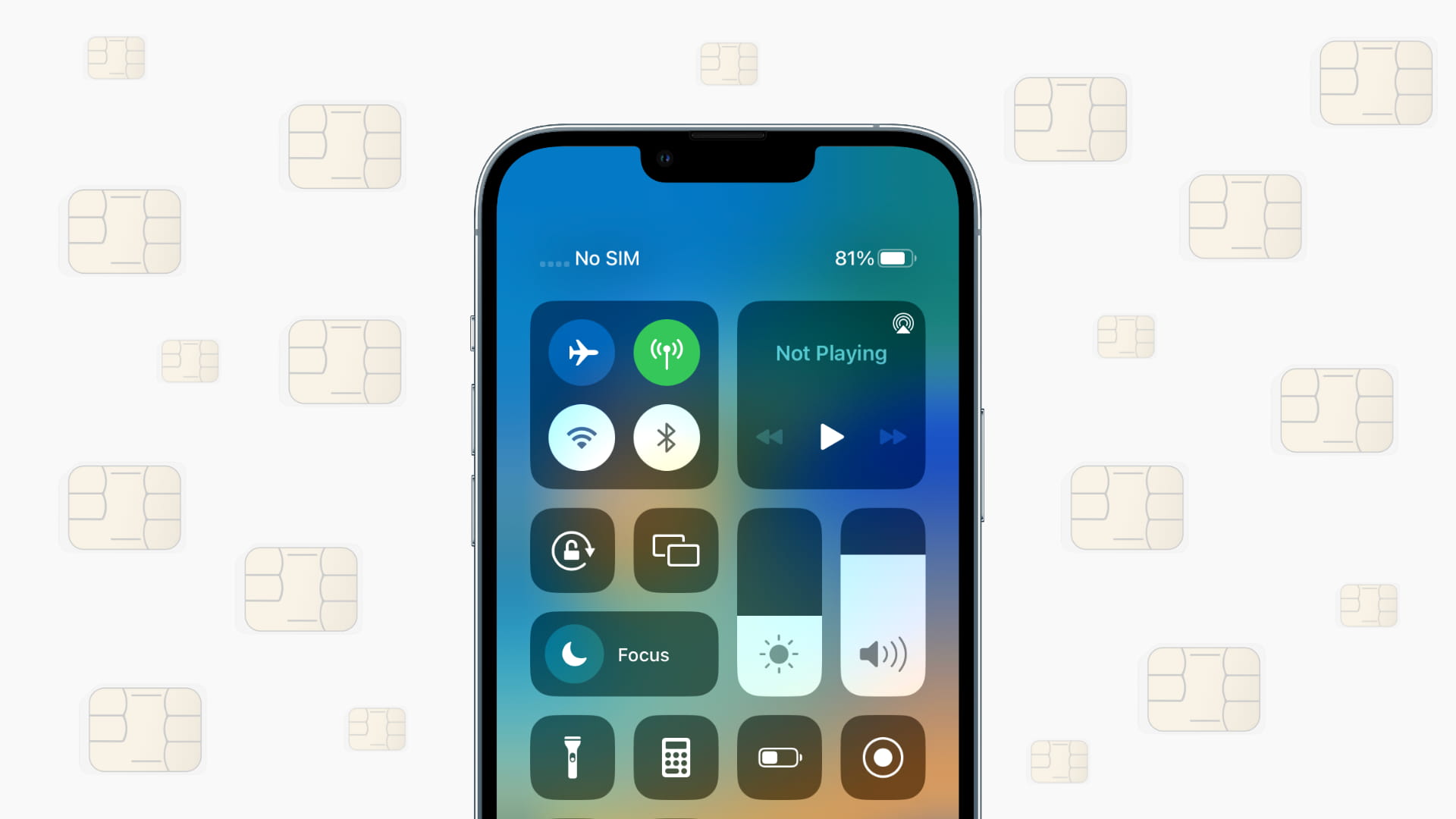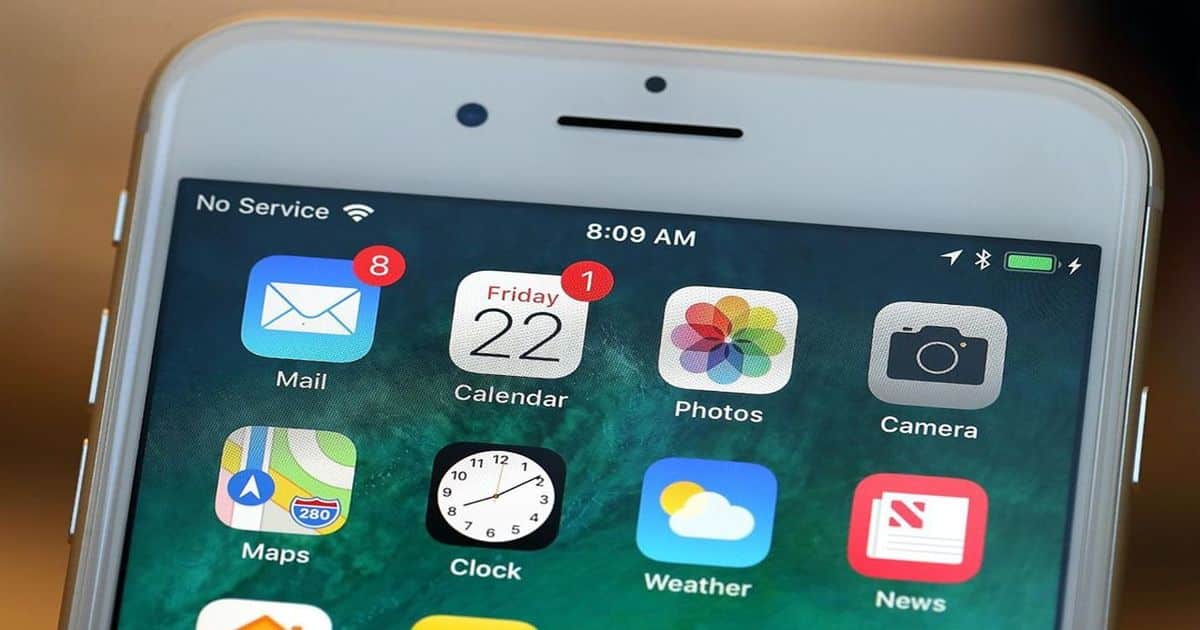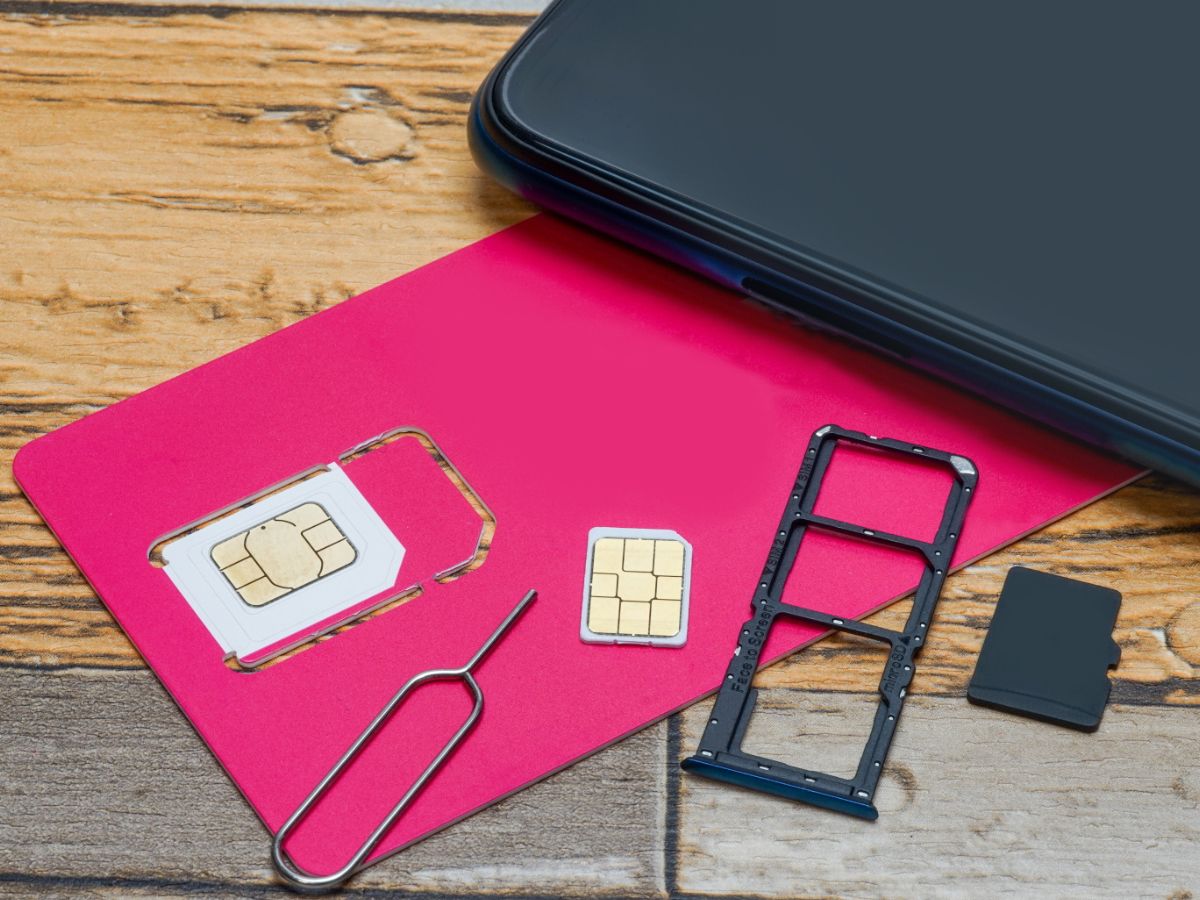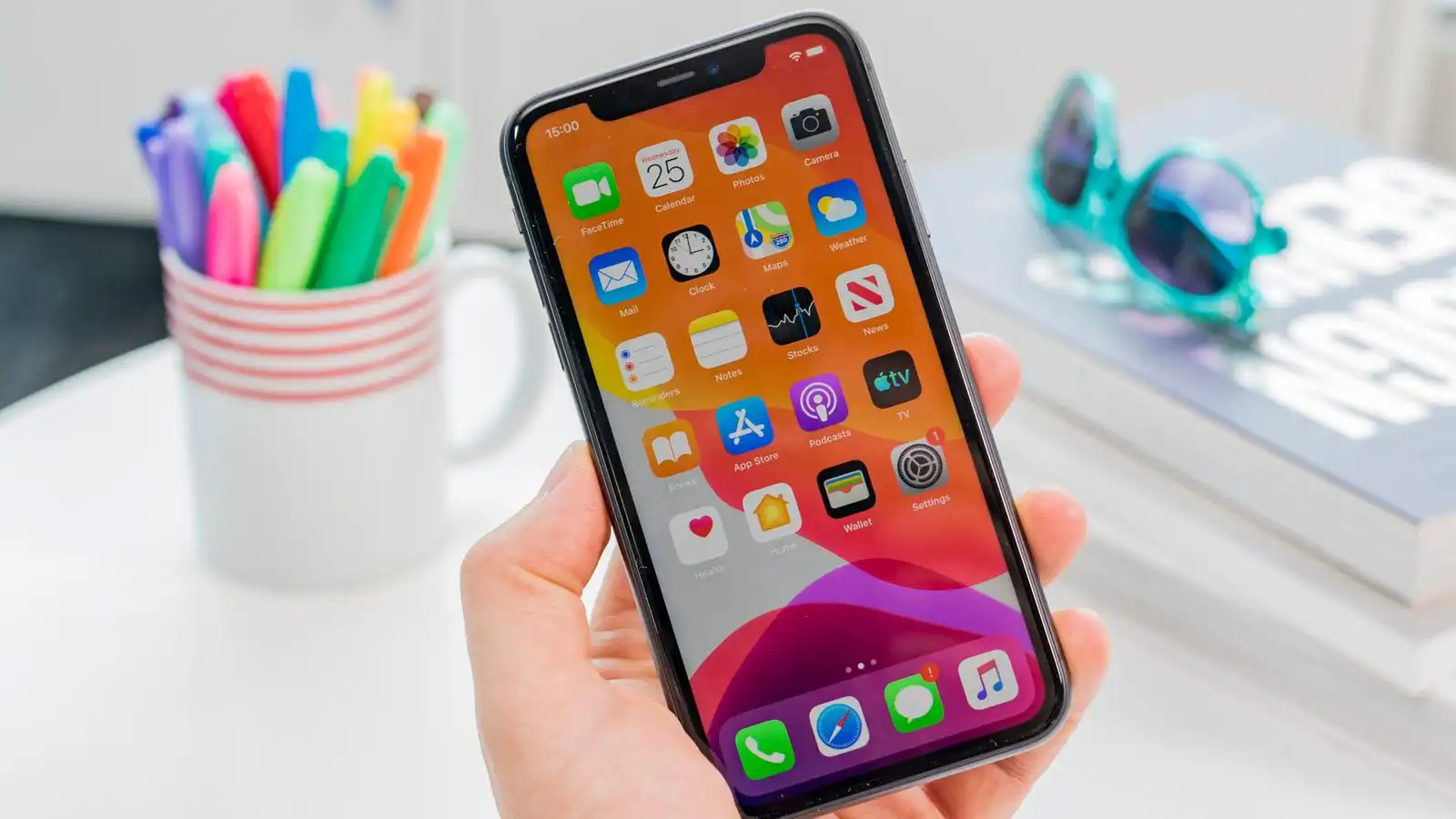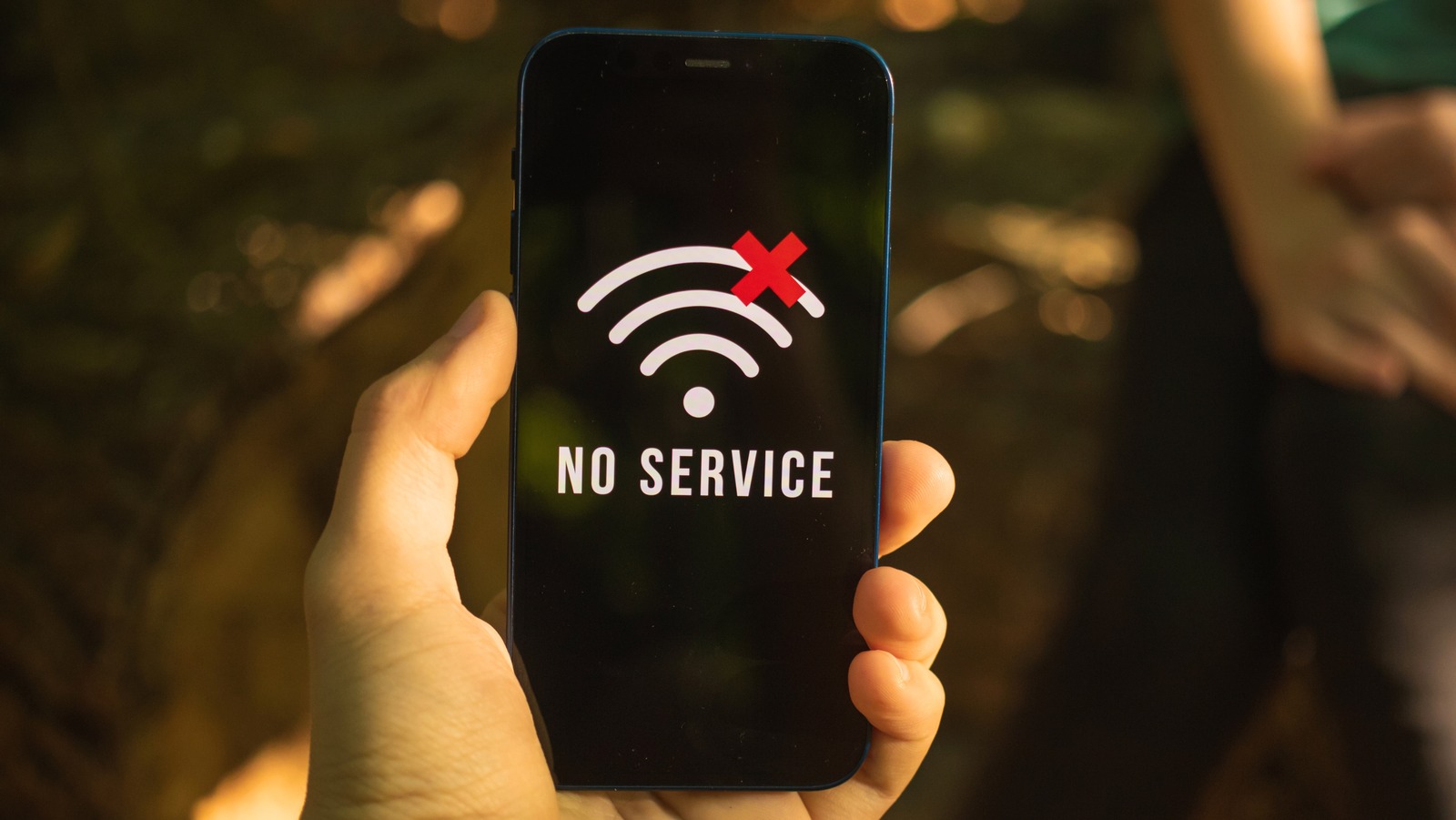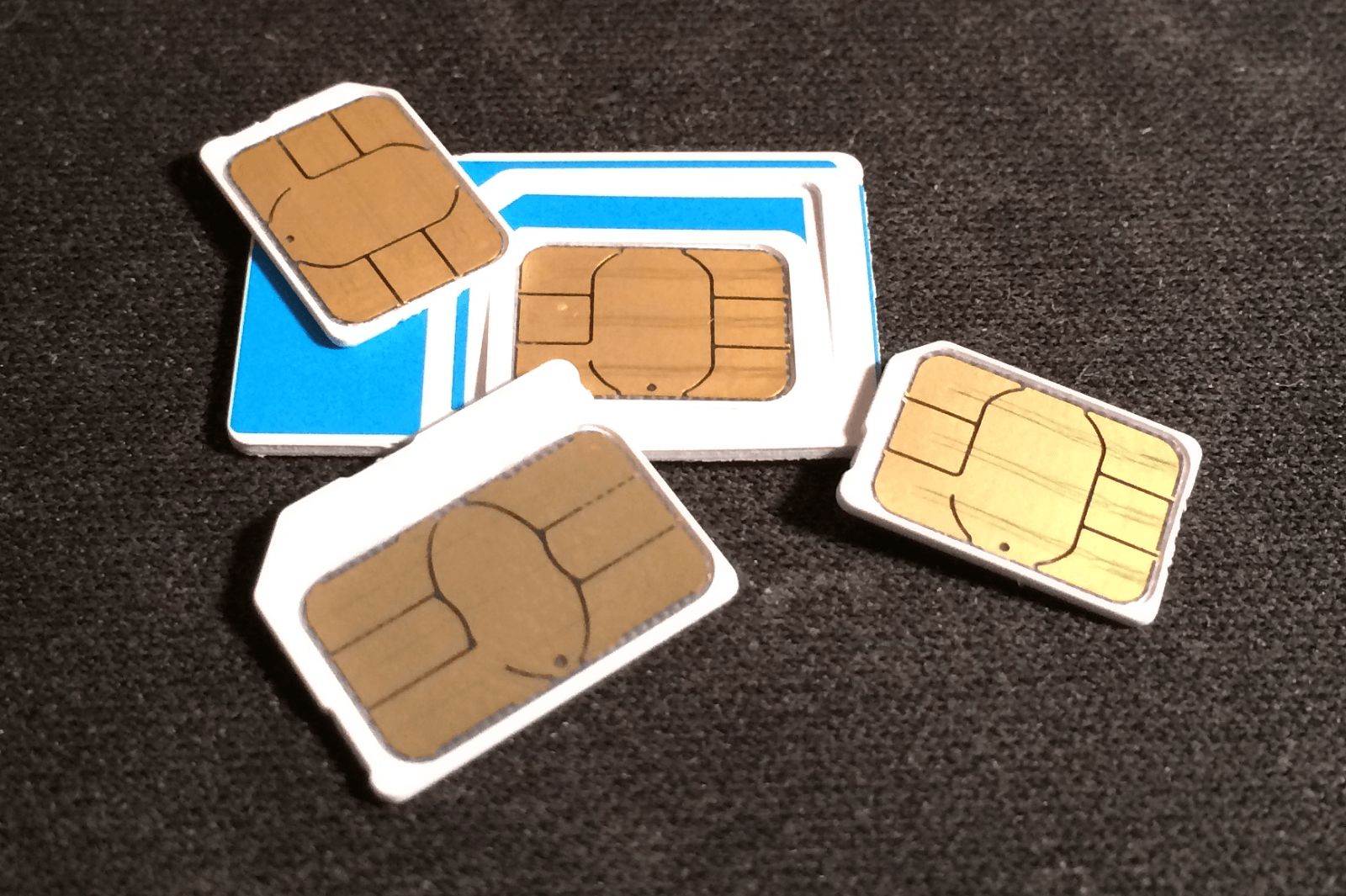Introduction
Mobile devices have become an indispensable part of our daily lives, serving as our communication hubs, entertainment sources, and productivity tools. However, encountering the "No SIM Card" notification on your device can be a frustrating experience, disrupting your ability to make calls, send messages, or access mobile data. This issue can arise due to various reasons, such as a faulty SIM card, software glitches, or network connectivity issues.
In this comprehensive guide, we will explore essential steps to troubleshoot and resolve the "No SIM Card" notification on your mobile device. By following these steps, you can effectively address the issue and restore seamless functionality to your device. Whether you're using a smartphone, tablet, or other mobile device, these troubleshooting methods are applicable across various platforms and can help you overcome the inconvenience of the "No SIM Card" notification.
Stay tuned as we delve into each step, providing clear instructions and valuable insights to empower you in resolving this common mobile device issue. Let's embark on this journey to troubleshoot and conquer the "No SIM Card" notification, ensuring that your mobile device remains a reliable and essential companion in your daily endeavors.
Step 1: Check SIM Card
The first step in resolving the "No SIM Card" notification on your mobile device is to thoroughly inspect the SIM card and its slot. A loose or improperly inserted SIM card can often be the culprit behind this frustrating issue. Here's how you can effectively check the SIM card to ensure it is securely in place and free from any physical damage:
-
Power Off the Device: Begin by powering off your mobile device to prevent any potential damage to the SIM card or the device itself during the inspection process.
-
Locate the SIM Card Slot: Depending on your device model, the SIM card slot may be located on the side or back of the device. Use the SIM card ejection tool or a small paperclip to gently eject the SIM card tray.
-
Inspect the SIM Card: Once the SIM card tray is ejected, carefully remove the SIM card and inspect it for any signs of physical damage, such as scratches, dents, or discoloration. Additionally, ensure that the gold contacts on the SIM card are clean and free from debris or corrosion.
-
Check the SIM Card Slot: While the SIM card is removed, take a moment to inspect the SIM card slot on the device for any obstructions or debris. Use a can of compressed air or a soft brush to gently clean the slot if necessary.
-
Reinsert the SIM Card: After confirming that the SIM card is undamaged and the slot is clean, carefully reinsert the SIM card into the tray, ensuring that it is properly aligned and securely seated.
-
Power On the Device: Once the SIM card is reinserted, power on your device and observe whether the "No SIM Card" notification persists. If the issue is resolved, you have successfully rectified the issue. However, if the notification persists, proceed to the next troubleshooting step to further address the issue.
By meticulously checking the SIM card and its slot, you can eliminate potential physical causes of the "No SIM Card" notification and pave the way for a successful resolution. This initial step sets the foundation for a systematic troubleshooting process, allowing you to methodically identify and address the underlying factors contributing to the issue.
Step 2: Restart the Device
Restarting your mobile device is a fundamental yet often overlooked troubleshooting step that can effectively resolve a wide range of technical issues, including the "No SIM Card" notification. This simple yet powerful action can help refresh the device's system, clear temporary glitches, and reestablish essential connections, potentially eliminating the underlying cause of the SIM card issue.
To initiate a device restart, follow these straightforward steps tailored to various mobile platforms, including smartphones and tablets:
For iOS Devices (iPhone or iPad):
-
Press and Hold Power Button: Locate the power button on your iOS device, typically located on the top or side. Press and hold the power button until the "Slide to Power Off" slider appears on the screen.
-
Slide to Power Off: Using your finger, slide the on-screen prompt to power off your device. Wait for the device to completely shut down.
-
Power On the Device: After the device has powered off, press and hold the power button again until the Apple logo appears, indicating that the device is restarting.
For Android Devices:
-
Press and Hold Power Button: On most Android devices, the power button is located on the side or top. Press and hold the power button until the power menu appears on the screen.
-
Select Restart Option: From the power menu, select the "Restart" or "Reboot" option, and confirm your selection if prompted. The device will proceed to restart.
For Other Devices:
If you are using a different mobile device, such as a Windows phone or a specialized mobile device, refer to the device's user manual or support documentation for specific instructions on restarting the device.
Upon restarting your device, observe whether the "No SIM Card" notification persists. In many cases, a simple device restart can effectively clear temporary software glitches or network connection issues, allowing the device to recognize the SIM card and restore normal functionality.
By incorporating this essential troubleshooting step into your process, you are harnessing the power of a device restart to potentially resolve the "No SIM Card" notification, bringing you closer to a seamless mobile experience. If the issue persists after restarting the device, proceed to the next step to further address the underlying causes and achieve a successful resolution.
Step 3: Update Software
Updating the software on your mobile device is a pivotal step in troubleshooting the "No SIM Card" notification. Software updates, often released by device manufacturers and operating system providers, contain essential bug fixes, security patches, and performance enhancements that can directly impact the functionality of the SIM card and its interaction with the device's hardware.
To initiate a software update on your mobile device, follow these general guidelines tailored to popular platforms such as iOS and Android:
For iOS Devices (iPhone or iPad):
-
Open Settings: Navigate to the "Settings" app on your iOS device, typically represented by a gear icon on the home screen.
-
Select General: Within the Settings menu, locate and select the "General" option, which houses essential system-related settings.
-
Tap Software Update: Under the General menu, tap on "Software Update." The device will check for available updates, and if an update is found, you will be prompted to download and install it.
-
Follow On-Screen Instructions: If an update is available, follow the on-screen instructions to download and install the update. Ensure that your device is connected to a stable Wi-Fi network and has sufficient battery life to complete the update process.
For Android Devices:
-
Access System Settings: Navigate to the "Settings" app on your Android device, typically represented by a gear or cog icon on the home screen or app drawer.
-
Select System: Within the Settings menu, locate and select the "System" option, which contains system-related settings and updates.
-
Tap Software Update or System Update: Depending on the device manufacturer and Android version, the specific option may vary. Look for "Software Update" or "System Update" within the System settings.
-
Check for Updates: Tap on the "Check for Updates" or similar option to initiate a check for available software updates. If an update is found, follow the on-screen prompts to download and install it.
By ensuring that your device's software is up to date, you are not only enhancing the overall performance and security of your device but also addressing potential software-related issues that may contribute to the "No SIM Card" notification. Software updates often contain optimizations and bug fixes that can directly impact the device's ability to recognize and interact with the SIM card, potentially resolving the underlying cause of the issue.
After updating the software on your device, observe whether the "No SIM Card" notification persists. If the issue is resolved, you have successfully leveraged the power of software updates to overcome the challenge. However, if the notification persists, proceed to the next troubleshooting step to further address the issue and restore seamless functionality to your mobile device.
Step 4: Reset Network Settings
Resetting the network settings on your mobile device can serve as a potent solution in addressing the persistent "No SIM Card" notification. This step involves reverting network-related configurations to their default state, potentially rectifying underlying issues that affect the device's ability to recognize and utilize the SIM card effectively. By resetting the network settings, you are essentially clearing any network-related glitches or misconfigurations that may be contributing to the SIM card issue.
To initiate the process of resetting network settings, follow these general guidelines tailored to popular mobile platforms such as iOS and Android:
For iOS Devices (iPhone or iPad):
- Open Settings: Navigate to the "Settings" app on your iOS device, typically represented by a gear icon on the home screen.
- Select General: Within the Settings menu, locate and select the "General" option, which houses essential system-related settings.
- Scroll and Tap Reset: Under the General menu, scroll to the bottom and tap on "Reset."
- Choose Reset Network Settings: From the reset options, select "Reset Network Settings." You may be prompted to enter your device passcode to confirm the action.
- Confirm the Reset: A confirmation prompt will appear, informing you that this action will reset network settings, including Wi-Fi, Bluetooth, and VPN configurations. Confirm the reset to proceed.
For Android Devices:
- Access System Settings: Navigate to the "Settings" app on your Android device, typically represented by a gear or cog icon on the home screen or app drawer.
- Select System: Within the Settings menu, locate and select the "System" option, which contains system-related settings and updates.
- Tap Reset Options: Depending on the device manufacturer and Android version, the specific option may vary. Look for "Reset" or "Backup and Reset" within the System settings.
- Choose Reset Network Settings: From the reset options, select "Reset Network Settings" or a similar option specifically targeting network configurations.
- Confirm the Reset: Follow the on-screen prompts to confirm the reset action. Be aware that this process may vary slightly based on the Android device's manufacturer and software version.
By resetting the network settings, you are effectively wiping out any potential network-related impediments that may be hindering the recognition and functionality of the SIM card. This comprehensive reset provides a fresh start for the device's network configurations, potentially resolving the underlying cause of the "No SIM Card" notification.
After resetting the network settings, observe whether the "No SIM Card" notification persists. If the issue is successfully resolved, you have effectively harnessed the power of network settings reset to overcome the challenge. However, if the notification persists, proceed to the next troubleshooting step to further address the issue and restore seamless functionality to your mobile device.
Step 5: Contact Service Provider
If the "No SIM Card" notification persists after diligently following the previous troubleshooting steps, reaching out to your service provider is the next crucial action to take. Your service provider plays a pivotal role in ensuring seamless connectivity and network access for your mobile device. By contacting them, you can leverage their expertise and resources to address the underlying issues causing the persistent SIM card notification.
When reaching out to your service provider, consider the following essential points to effectively communicate and collaborate towards resolving the issue:
-
Explain the Situation: Clearly articulate the issue you are experiencing, emphasizing that you have already performed the necessary troubleshooting steps. Provide specific details such as the duration of the issue, any error messages displayed, and the steps you have taken to address the problem.
-
Inquire About Network Status: Ask your service provider about the current status of their network in your area. In some instances, network outages or maintenance activities can impact the connectivity and recognition of SIM cards. Understanding the network status can provide valuable insights into the potential causes of the issue.
-
Request SIM Card Evaluation: If the troubleshooting steps and network status inquiry do not yield a resolution, request an evaluation of your SIM card. A faulty or damaged SIM card can be a primary factor contributing to the persistent notification. Your service provider can guide you through the process of assessing the SIM card's functionality and potentially providing a replacement if necessary.
-
Seek Technical Support: In cases where the issue is complex or requires advanced technical intervention, inquire about the availability of technical support from your service provider. They may offer remote diagnostics, advanced troubleshooting guidance, or the option to visit a service center for in-depth assessment and resolution.
-
Explore Alternative Solutions: Engage in a collaborative dialogue with your service provider to explore alternative solutions or workarounds that can temporarily restore connectivity while a permanent resolution is pursued. This may include provisioning a temporary SIM card, adjusting network settings, or exploring device-specific optimizations.
By proactively engaging with your service provider, you are leveraging their expertise and support infrastructure to address the persistent "No SIM Card" notification. This collaborative approach fosters a deeper understanding of the issue and empowers you to explore comprehensive solutions that align with your specific device and network environment.
After contacting your service provider and implementing their guidance or solutions, monitor your device to determine if the "No SIM Card" notification has been successfully resolved. By maintaining open communication and leveraging the support of your service provider, you are taking proactive steps to ensure the optimal functionality of your mobile device's SIM card and network connectivity.







